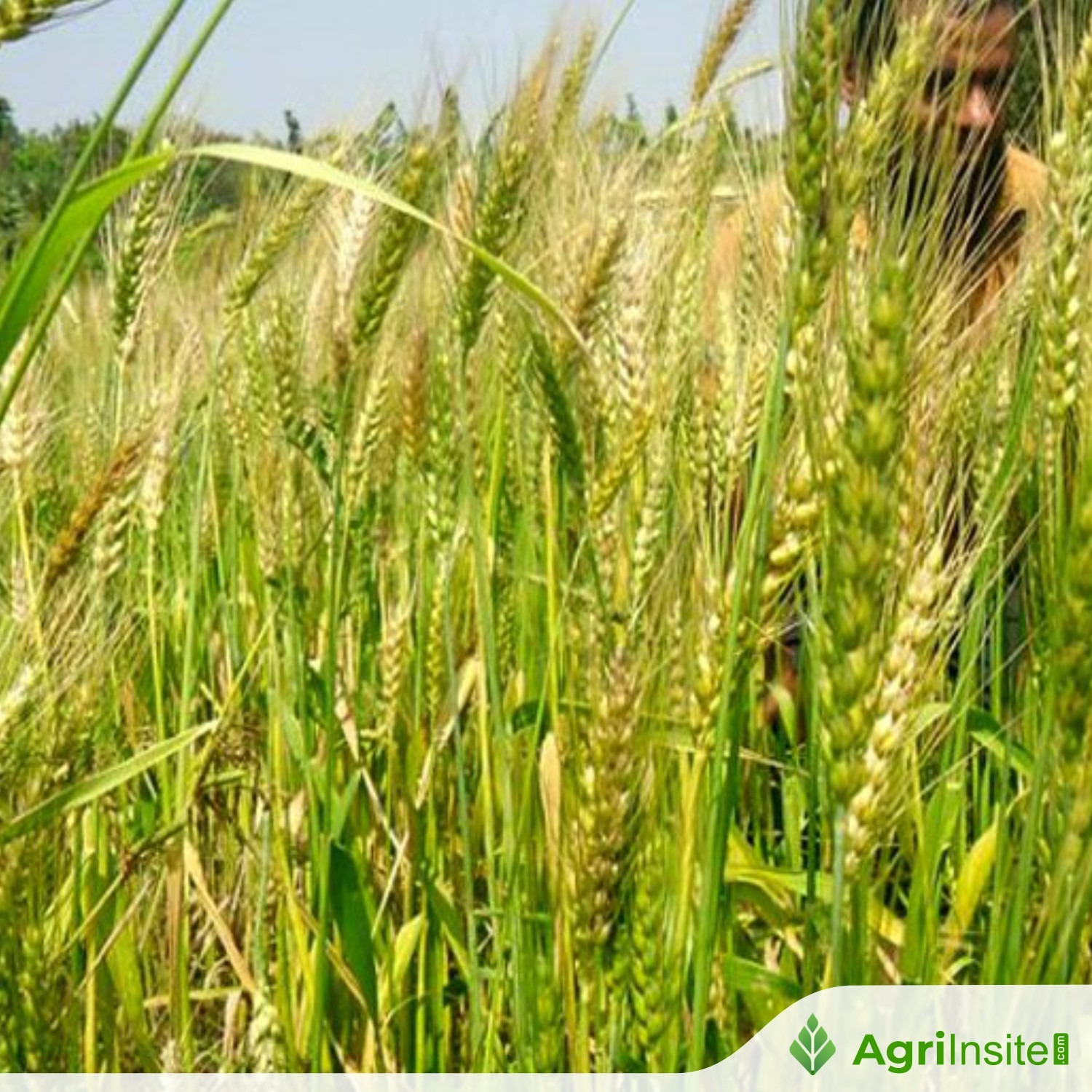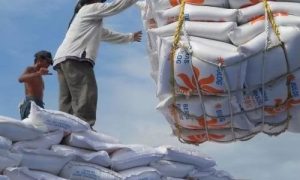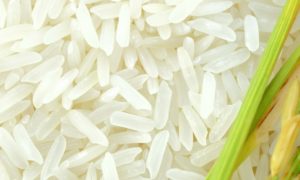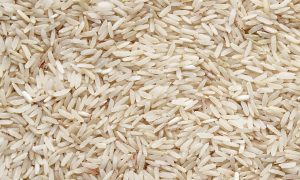Increase in Rice Production: Aim to Achieve Steady Price Declines

Japan’s 2025 rice harvest is projected at 7.47 million tons, the highest in nine years, surpassing demand by up to 500,000 tons. Despite ample supply, prices remain high due to competition among cooperatives and wholesalers. The government aims to stabilize prices while safeguarding farmers’ incomes against potential future declines.
The 2025 harvest of the staple food rice is expected to increase to its highest level in nine years because of rice farmers’ efforts to boost production. To ease the burden on household budgets, it is necessary to ensure the increased output will lead to steady price declines.
The Agriculture, Forestry and Fisheries Ministry has said the volume of rice harvested in 2025 is projected to be 7.47 million tons. This would mark an increase of 680,000 tons, equal to about 10% of the previous year’s crop.
The growth is attributable to farmers’ stronger ambition to boost production, driven by a surge in rice prices since the summer of last year, as well as favorable weather conditions. Actual production would be about 300,000 tons more than the 7.19 million tons projected in late April. Such a generally good harvest is welcome news.
The ministry has projected demand for rice to be 6.97 million to 7.11 million tons. Given that, production is expected to exceed this forecast by up to about 500,000 tons. Rice prices are supposed to decline in such a situation.
However, rice prices have remained high even amid full-scale distribution of the 2025 crop.
The ministry said the average price of rice sold at supermarkets nationwide on Oct. 6-12 was ¥4,142 per 5 kilograms. Brand rice varieties such as Koshihikari, which account for a high purchase rate, rose to ¥4,440 on average.
Prime Minister Shigeru Ishiba had expressed his strong determination to suppress rice prices, saying, “The prices must be in the ¥3,000 range.”
The government took the unusual step of releasing reserves of rice through discretionary contracts, temporarily bringing down the price to the ¥3,500 range in July. The current high prices are unlikely to gain the understanding of the public.
The persistent high prices appear to stem from competition among agricultural cooperatives and wholesalers over acquiring rice. They are reportedly offering significantly higher purchase prices than last year.
Could this be a situation in which wholesalers and others have remain gripped by distrust — due to the ministry’s slow response since last year that has caused confusion in disseminating information — so they are trying to hoard rice stocks?
When rice prices soared in the summer of last year, the ministry repeatedly said the price surge was caused by distribution bottlenecks, not a production shortage. In actuality, it had failed to properly grasp factors such as growth in demand from foreign visitors to Japan. The ministry later admitted that rice production could not keep up with the demand.
The mistakes of the nation’s erratic rice policy must not be repeated. The government should urgently grasp the actual state of rice transactions and strive to disseminate information carefully in order to stabilize rice prices. It is hoped that the government will further analyze the background of the price surge and devise countermeasures.
However, there is a view that rice prices could eventually plunge based on supply and demand forecasts. A situation must be avoided in which rice farmers fall into difficulty and the production base weakens. It is hoped that the government will also expedite consideration for such measures as making up for the reduction of income for rice farmers, in case rice prices slump.
To Read more about Rice News continue reading Agriinsite.com
Source : The Japan News















